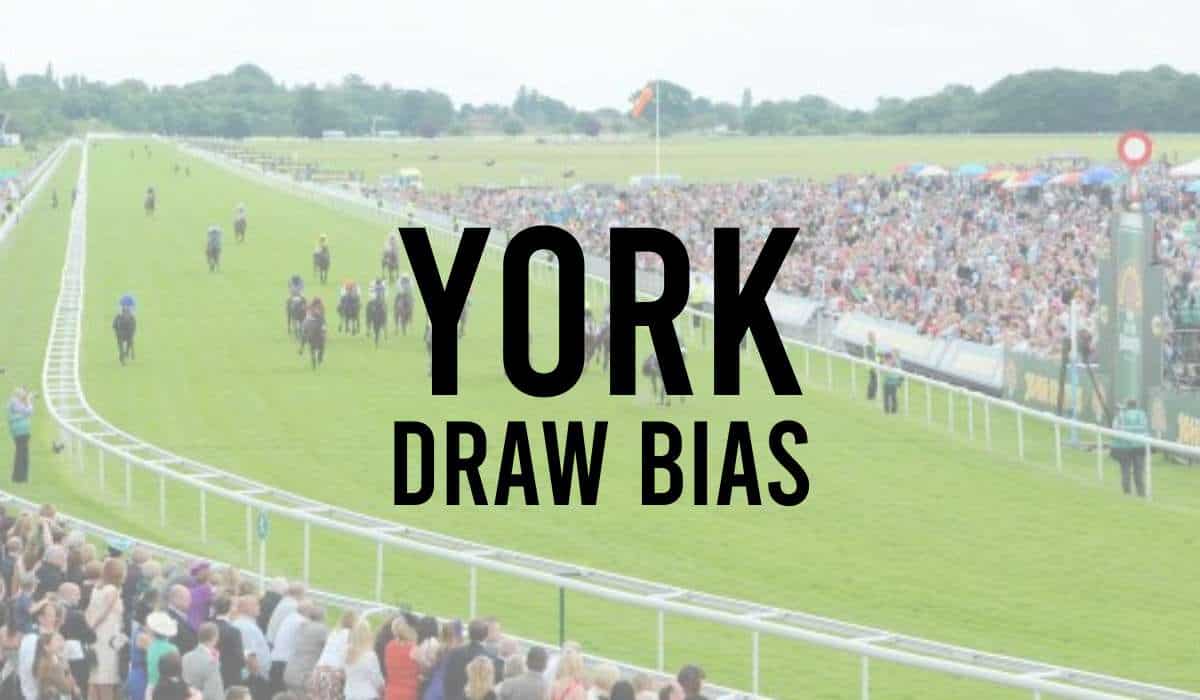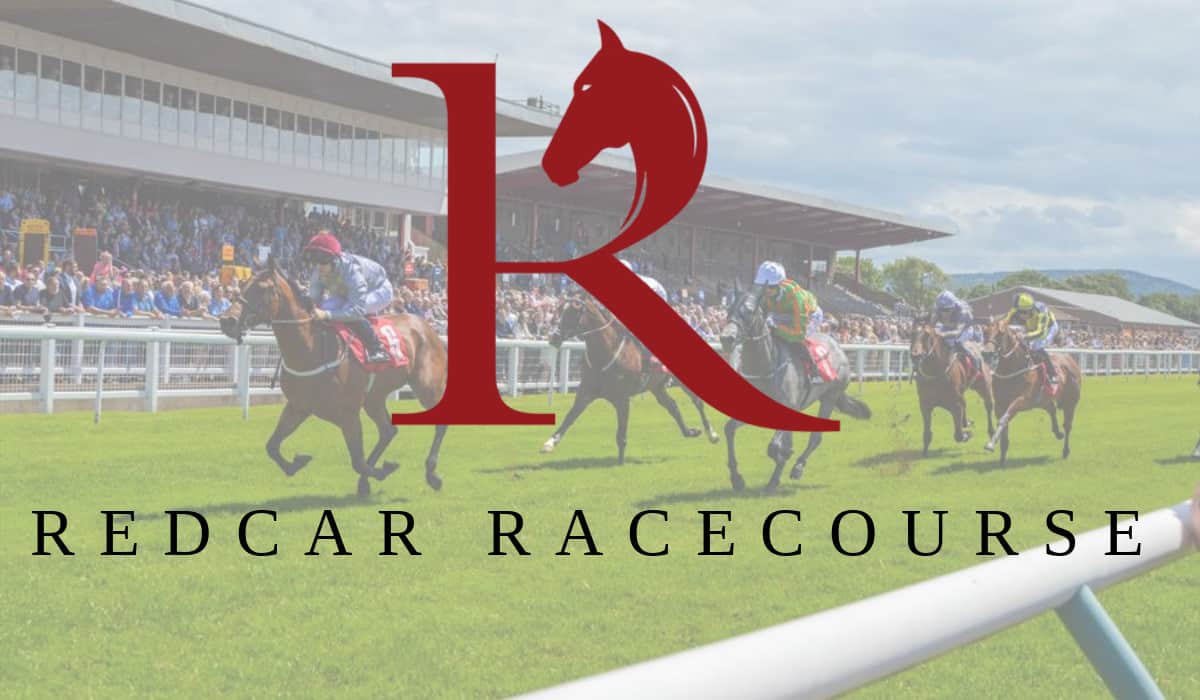Many shrewd horse racing punters research whether there is a draw bias at Redcar Racecourse.
The horse racing draws are perhaps the most overlooked factor in horse racing statistics in April 2024.
The Redcar draw bias refers to whether or not a racehorse running at Redcar has an advantage or disadvantage following the stall they have been drawn in.
Our horse racing tipsters can be influenced by the draw of the horse when selecting their best chances of a winner at Redcar Races.
In our Redcar Draw Guide, we will explain everything you need to know about the stalls and potential draw advantages for horses running at Redcar today.
Is there a draw bias at Redcar Racecourse?
Redcar racecourse does not have a significant draw bias, according to the analysis of the course. In fact, the stats suggest that there is a pretty even spread of winners across all the stalls.
The course is generally a flat, galloping track with wide turns and long straights, which could explain why there is no significant draw bias over any of the distances.
In terms of the individual distances, Redcar ranks fairly average for front runners, with no significant bias towards any particular stall.
This suggests that it is a fair course for all runners and that success is likely to depend more on the individual horse’s ability and form on the day rather than their starting position.
What is the Draw Bias at Redcar 5 Furlongs?
There is a draw bias at Redcar 5 furlongs, and it favours the low drawn runners. This bias seems to be more prominent in smaller fields.
When the ground is soft, the bias towards low drawn runners is even more significant, making it challenging for horses with higher draws to win.
It is essential to note that this bias may not apply to every race, and there may be exceptions where high drawn horses perform better. Nonetheless, the overall trend suggests that low draws are favoured at Redcar 5 furlongs.
What is the Draw Bias at Redcar 6 Furlongs?
The six furlong races at Redcar take place on the same straight course as the five furlong races, but there seems to be a reversal of the draw bias between the two distances.
Unlike the bias towards low draws over five furlongs, the stats suggest that high draws are slightly favoured over six furlongs at Redcar, although the reason for this remains unclear.
The bias towards high draws seems to be consistent across all ground conditions, as shown by the even distribution of winners across the draw in the chart.
Nonetheless, it is worth noting that the sample size of races over six furlongs at Redcar is relatively small, so further data may be needed to confirm this bias.
What is the Draw Bias at Redcar 7 Furlongs?
Based on the analysis, there doesn’t seem to be any significant draw bias over 7 furlongs at Redcar racecourse. The statistics suggest that both high and low drawn runners have an equal chance of winning, with no clear advantage for either side.
This could be due to the layout of the track, which has relatively gentle bends and long straights, giving horses ample time to find their position and make a move.
It’s worth noting that the sample size for 7 furlong races at Redcar is relatively small compared to other distances, so it’s possible that a draw bias could emerge with more data.
However, based on the current evidence, it appears that horses can win from any draw over 7 furlongs at Redcar.
What is the Draw Bias at Redcar 1 Mile?
Based on available statistics, there doesn’t seem to be any significant draw bias over a mile at Redcar Racecourse. Both high and low drawn runners have a relatively equal chance of winning.
This could be attributed to the course’s layout, which is relatively flat and doesn’t have many sharp turns. Horses have ample time to adjust their positions and jockey for an advantageous spot.
While certain distances may favour low or high drawn horses, the bias is not significant enough to sway the outcome of the race.
As always, other factors such as track conditions, weather, and horse form will also play a crucial role in determining the winner of a race.
Does The Stall Draw Affect Chances Of Winning In Flat Races at Redcar?
The chances of a horse winning can hugely be affected by the stall number at Redcar Races.
The best horse racing tipping services will adjust their judgements of horses with the best chances after the stall numbers are released in the Redcar racecards.
Here is some important information on the tips, results and runners for horses running at Redcar.
Redcar Pace Bias Statistics
Analysis indicates that there is a significant pace bias favouring front runners over 5 furlongs at Redcar.
However, as the race distance increases, the advantage shifts towards hold-up horses, making Redcar one of the most challenging courses for front runners over a mile.
All races up to a mile are run on a straight course, which makes it challenging to understand the 5 furlong findings.
Looking at the individual distances, the rankings show that Redcar is ranked 4th out of 31 courses for front runners over 5 furlongs.
However, as the distance increases, the rankings decline, with Redcar ranked 11th out of 29 courses for front runners over 6 furlongs, 15th out of 24 courses over 7 furlongs, and 27th out of 30 courses over 8 furlongs.
This indicates that Redcar is not an easy course for front runners, and it is essential to consider the race distance when analysing the draw bias.
Summary
The data and stats are updated in real-time from our Redcar Horse Racing Results for the information shared on the draw bias.
With the draw bias mainly affecting the sprint races then punters are quickly on the lookout for the big ante posts races, as the draws are released.
Ground conditions, weather, and handicapping blots can affect the draw bias statistics. So at times, it is strongly advised to check the earlier races of the day to see if the draw bias on the current ground has changed.
Related Draw Bias Posts
Find all the draw bias information articles.
- Ascot Draw Bias
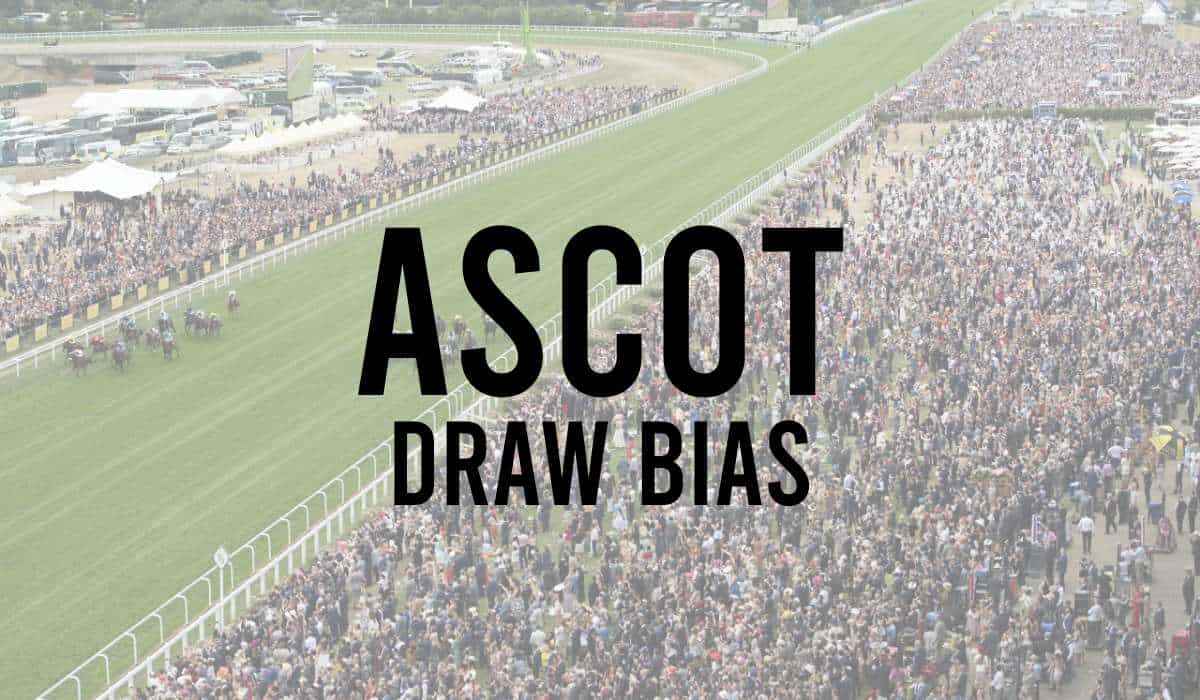
- Bath Draw Bias
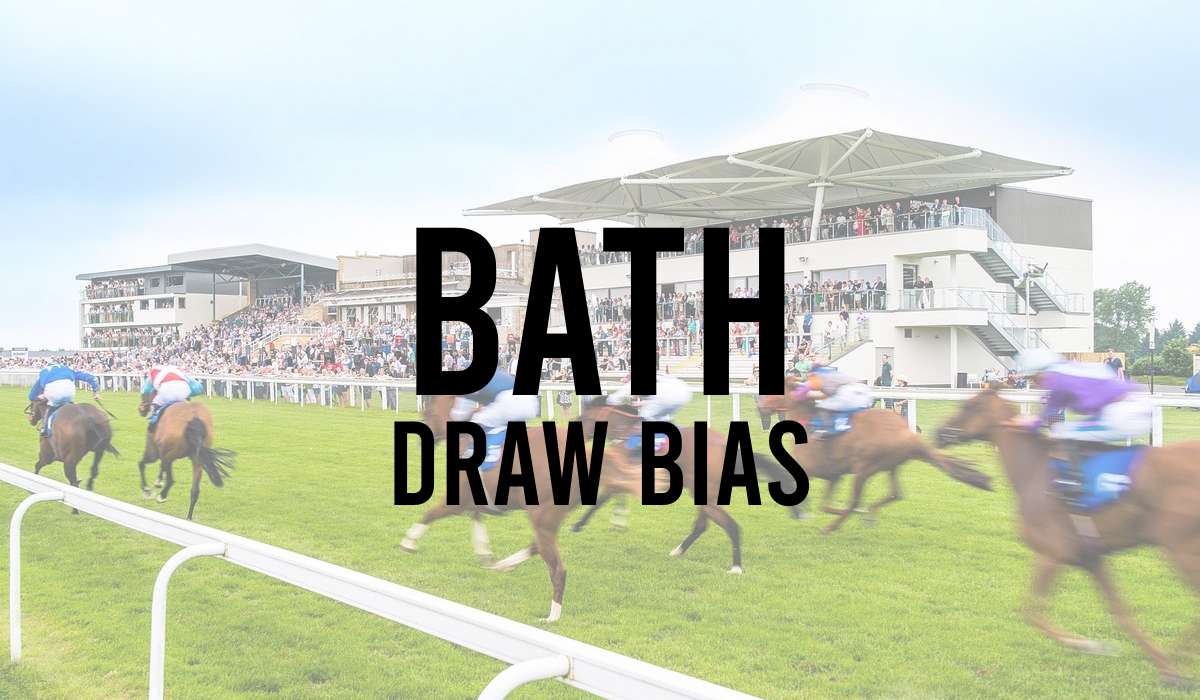
- Beverley Draw Bias
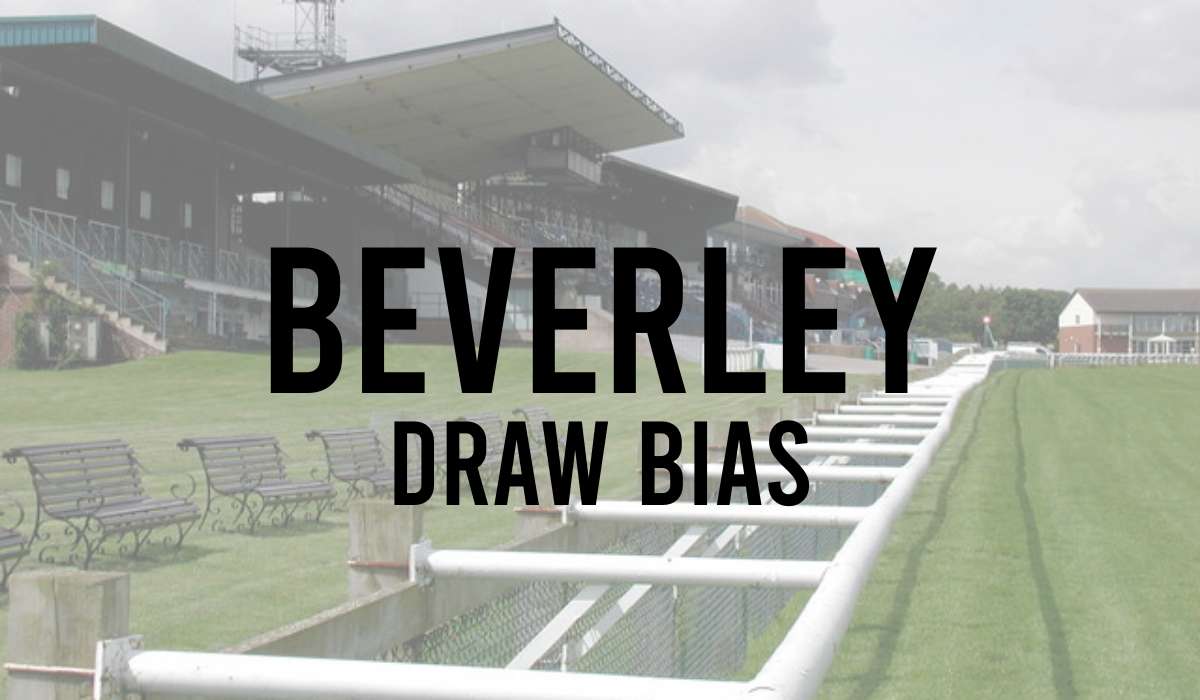
- Brighton Draw Bias
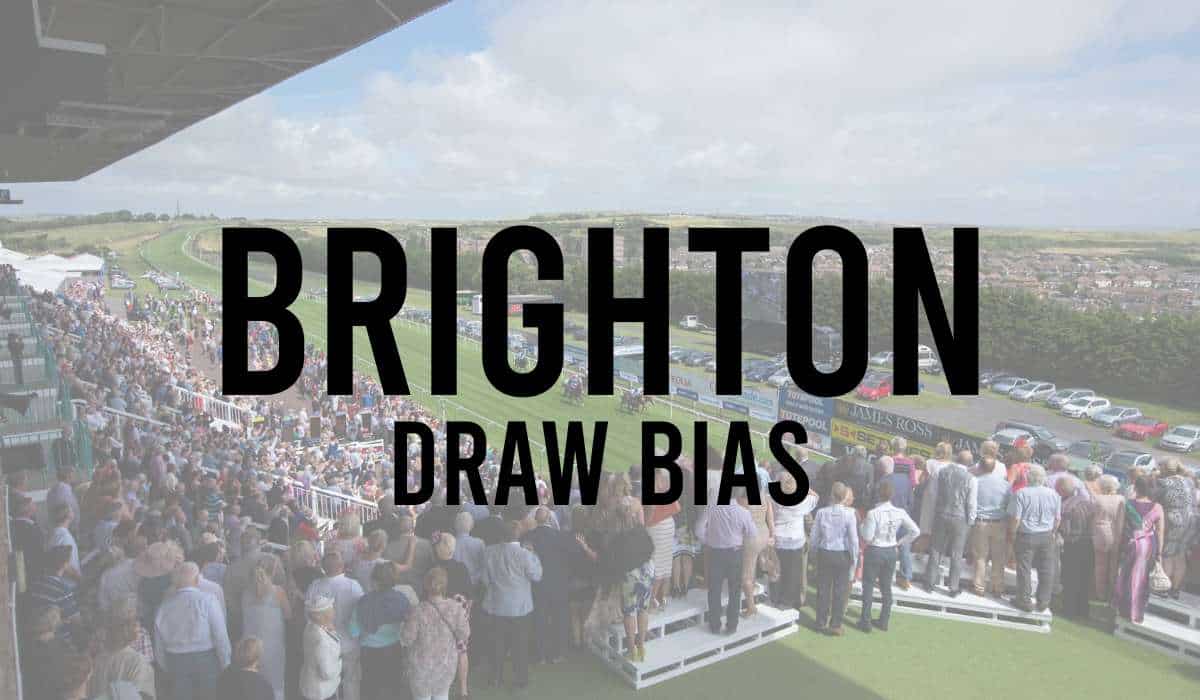
- Catterick Draw Bias
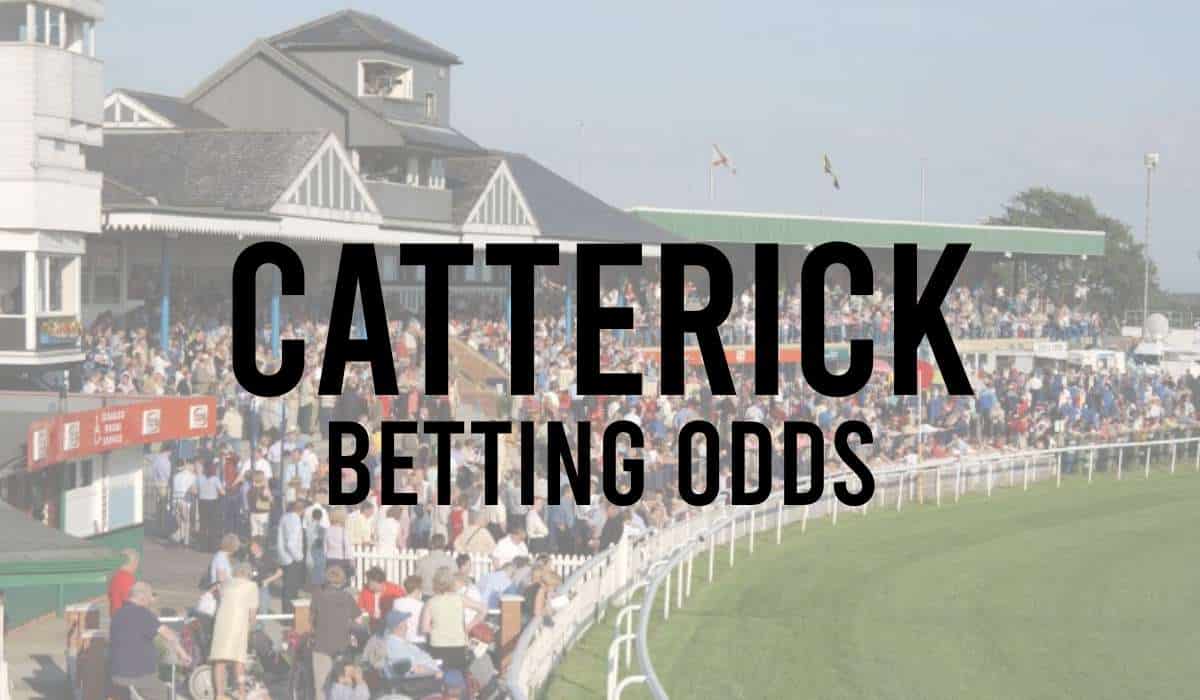
- Chelmsford Draw Bias
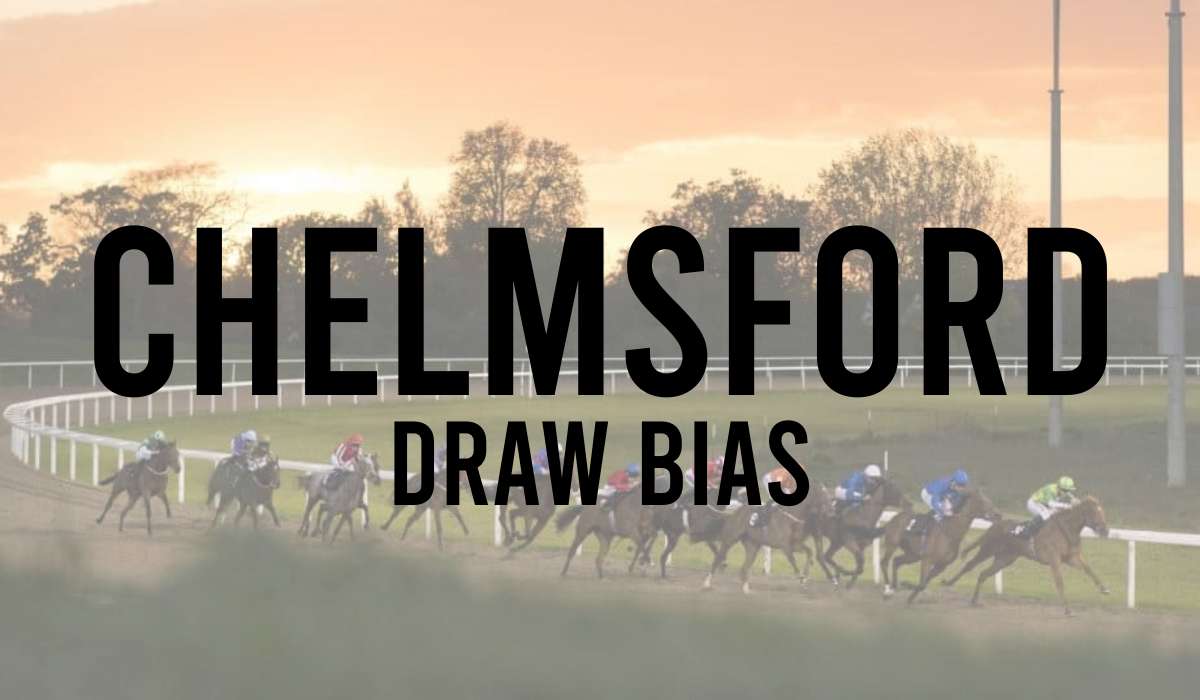
- Chester Draw Bias
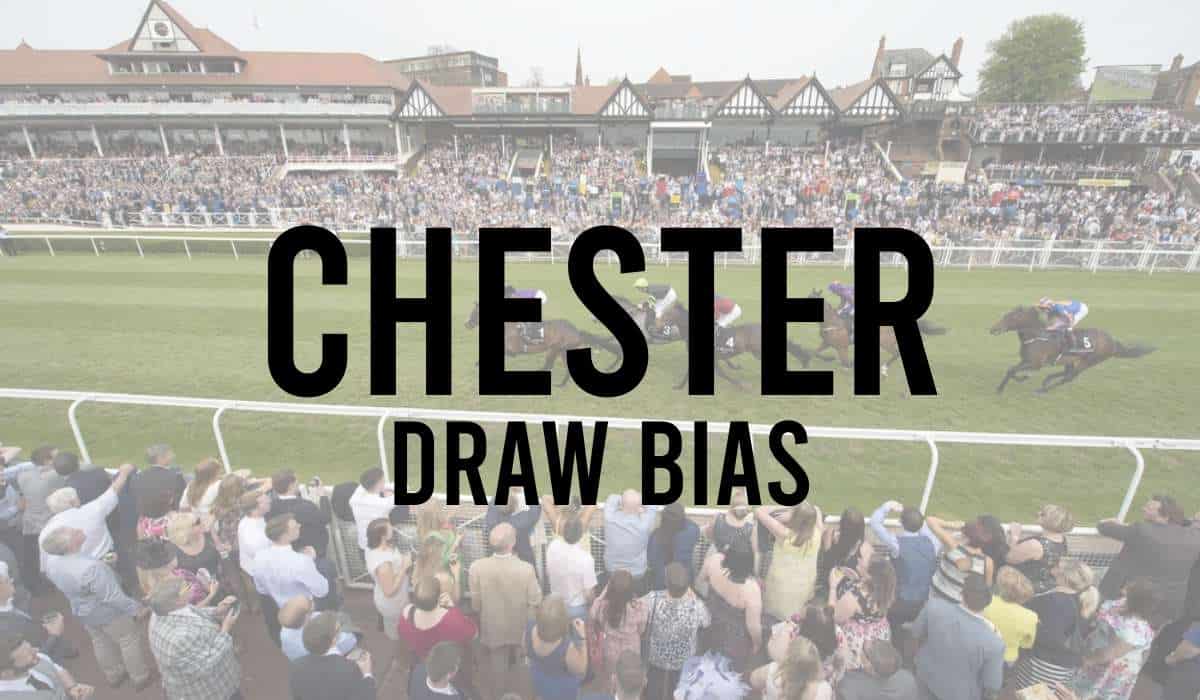
- Cork Draw Bias
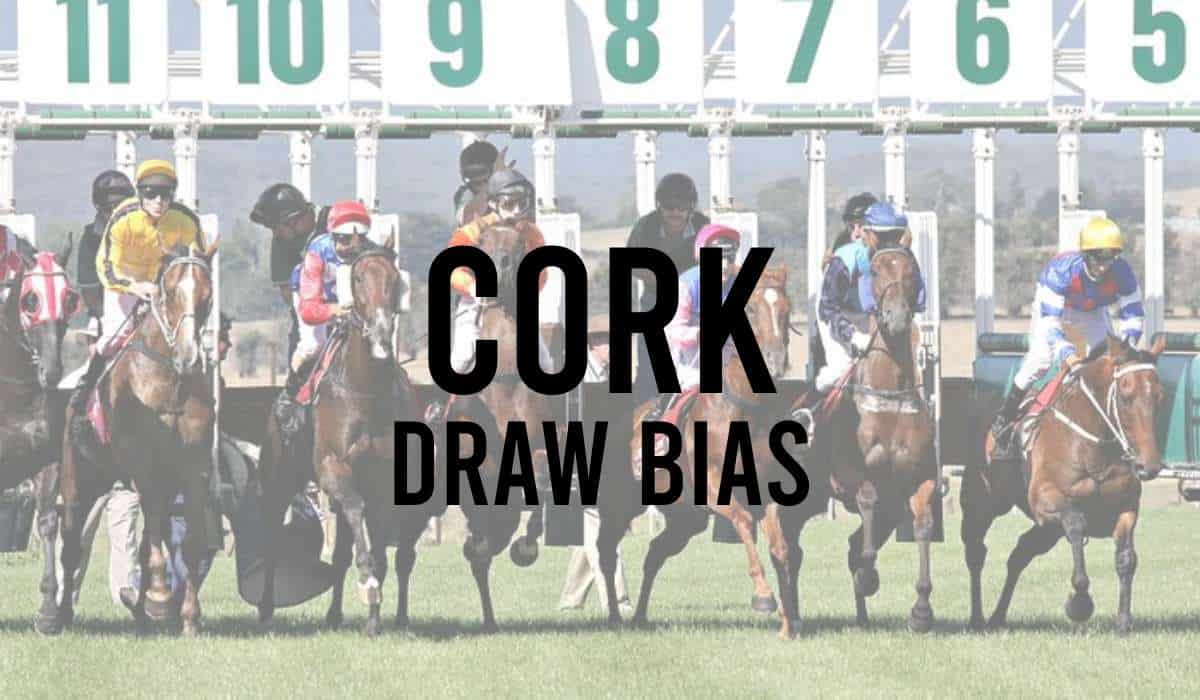
- Doncaster Draw Bias
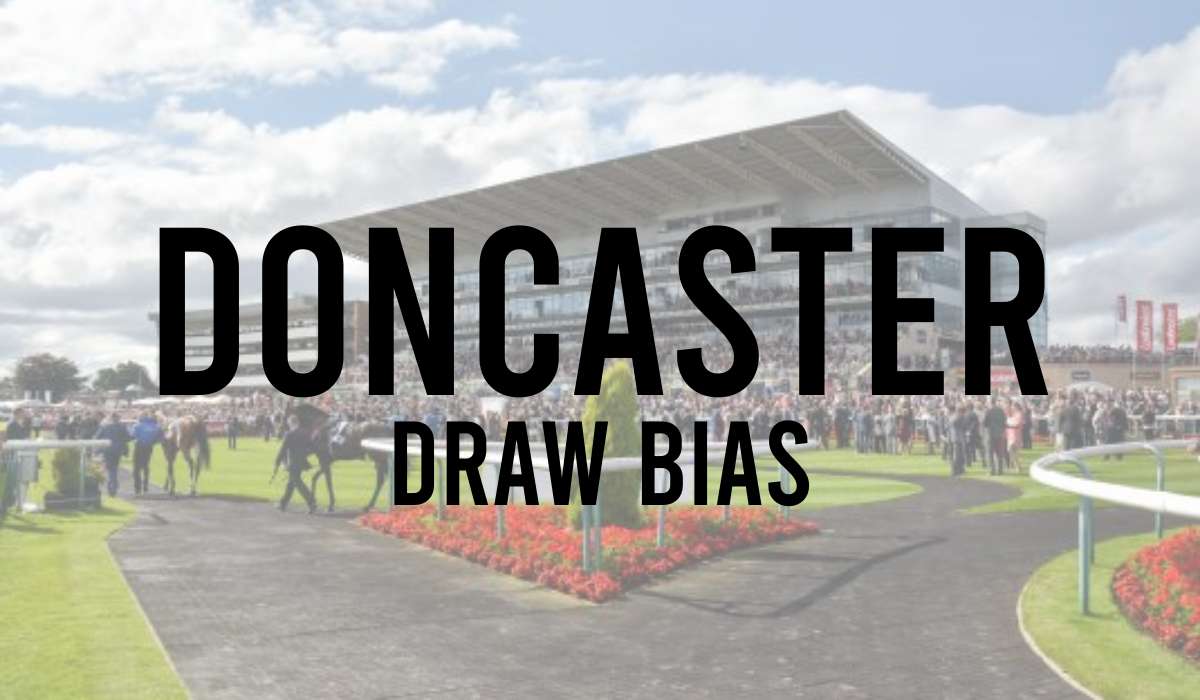
- Dundalk Draw Bias
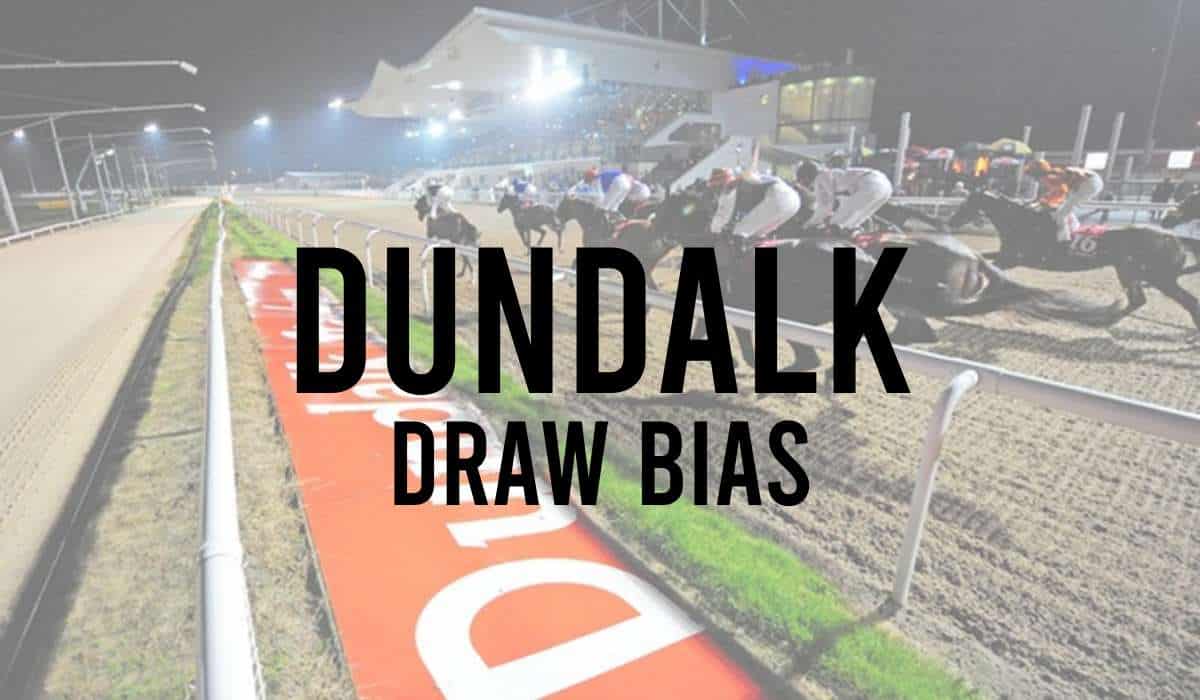
- Epsom Racecourse Draw Bias
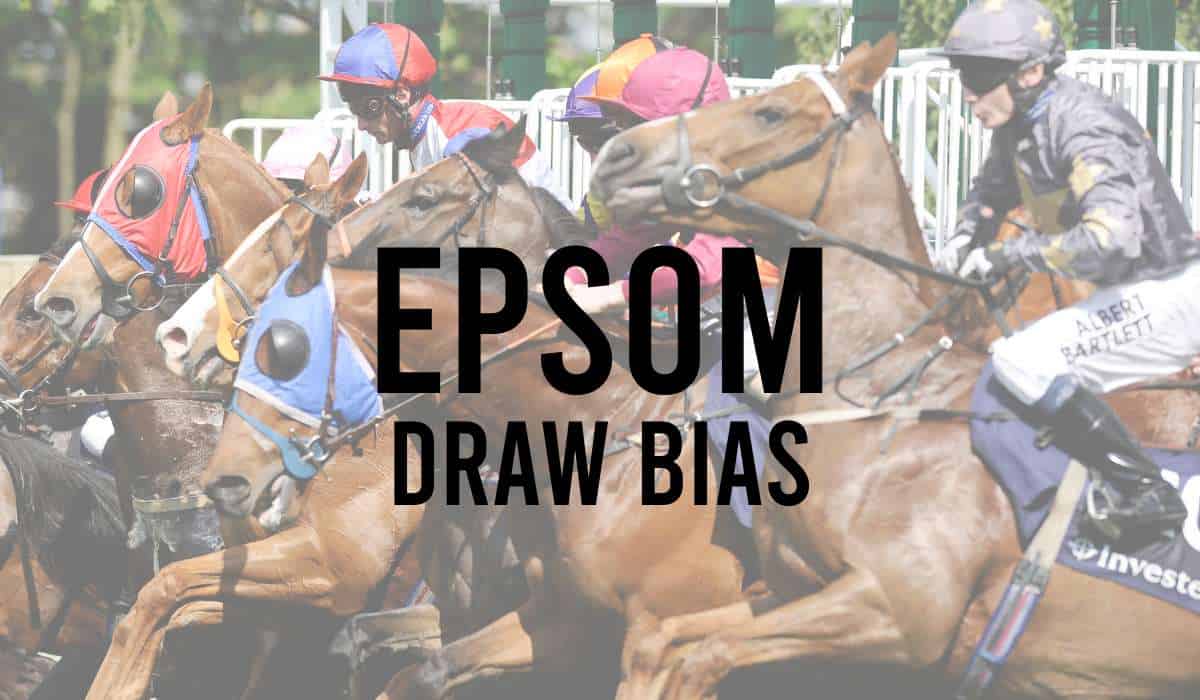
- Goodwood Draw Bias
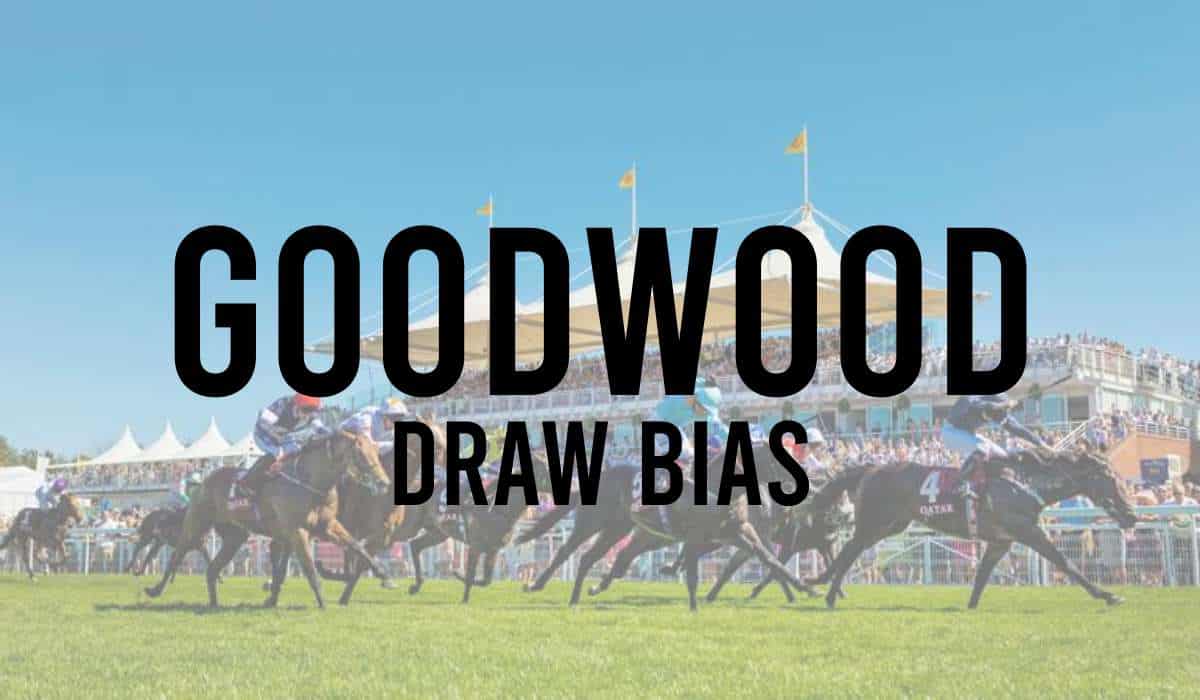
- Hamilton Draw Bias
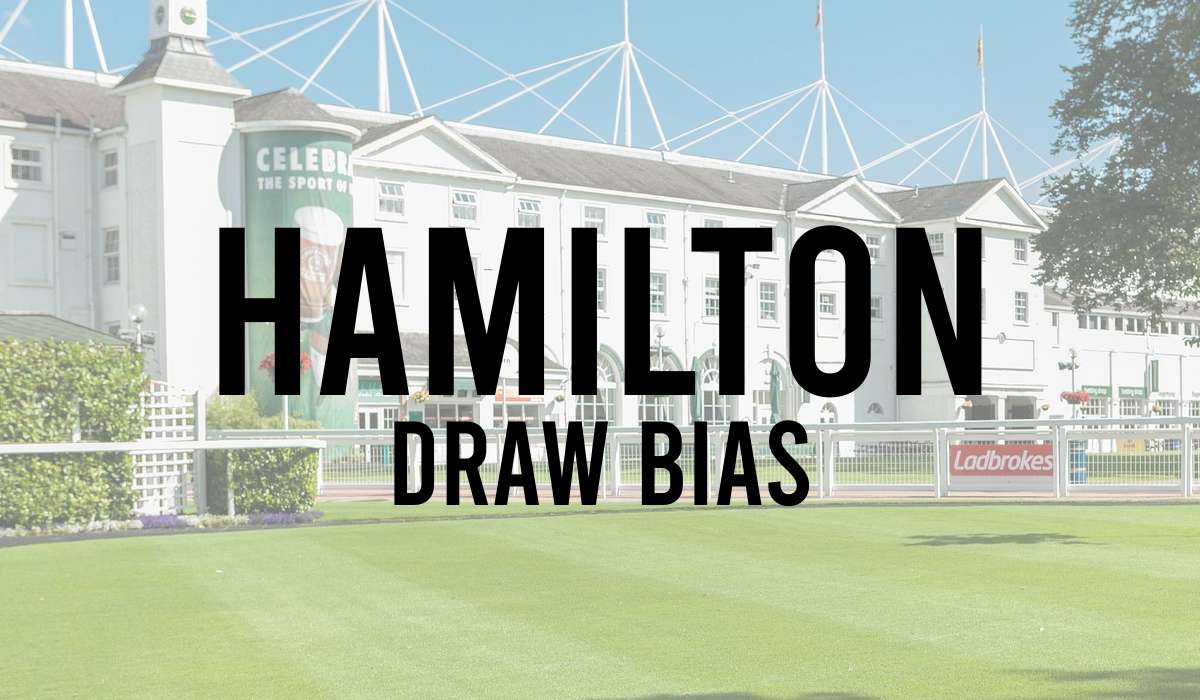
- Haydock Draw Bias
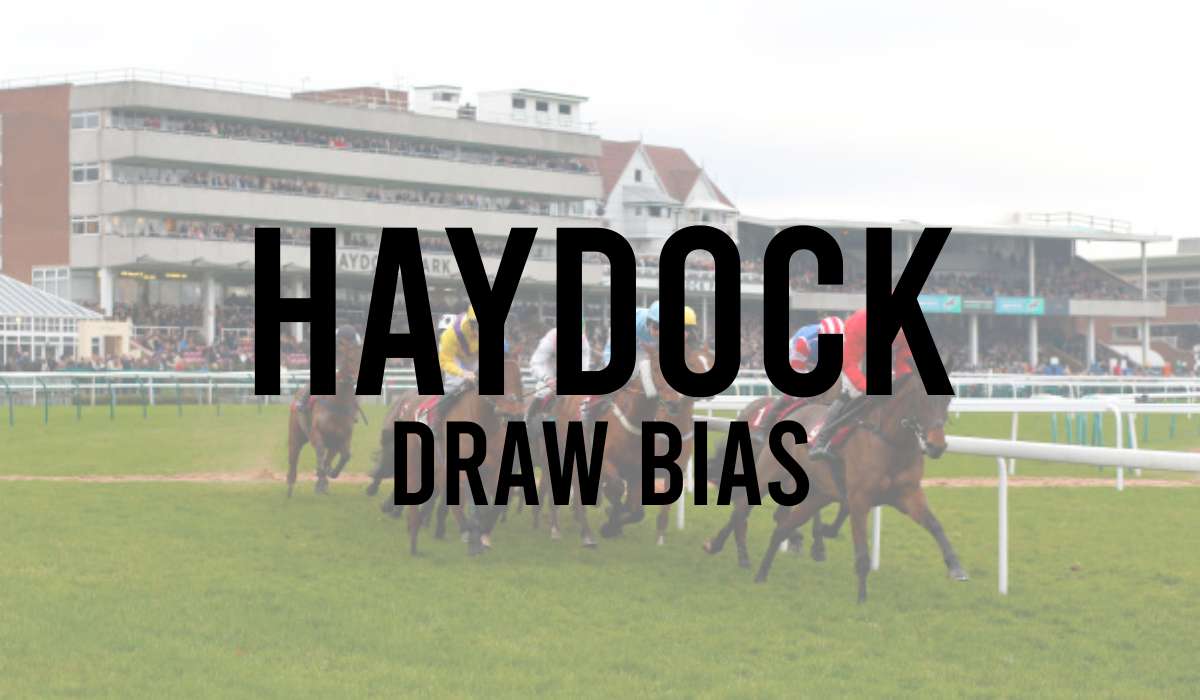
- Horse Racing Draw
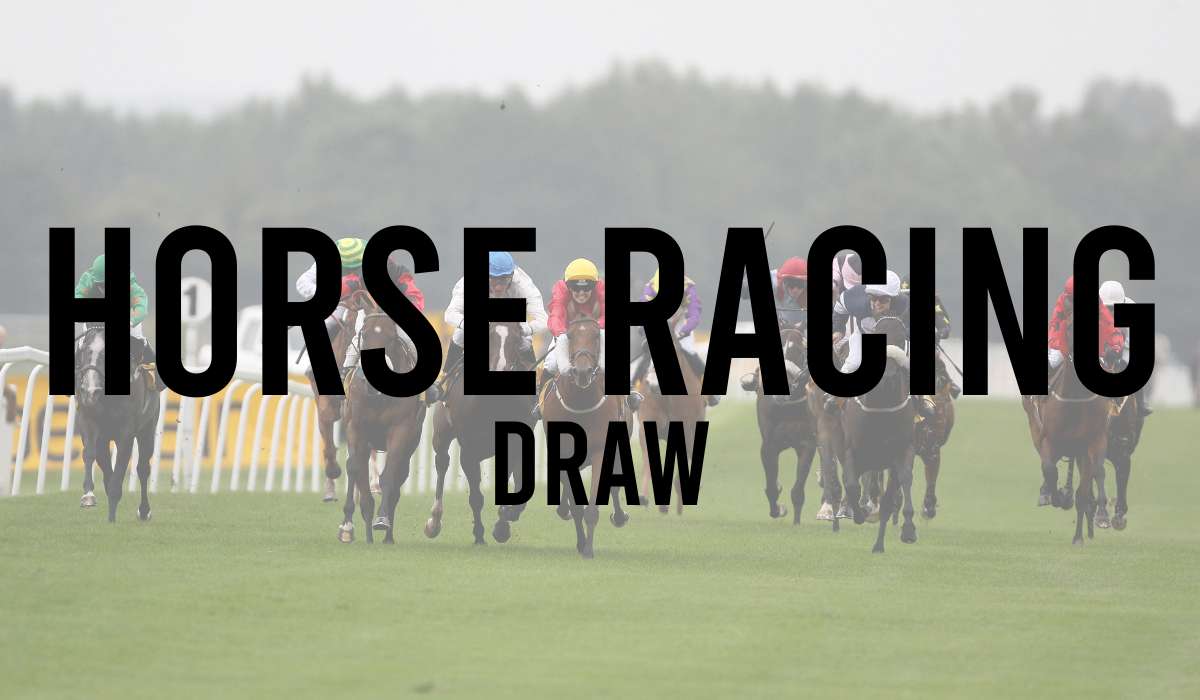
- Kempton Draw Bias
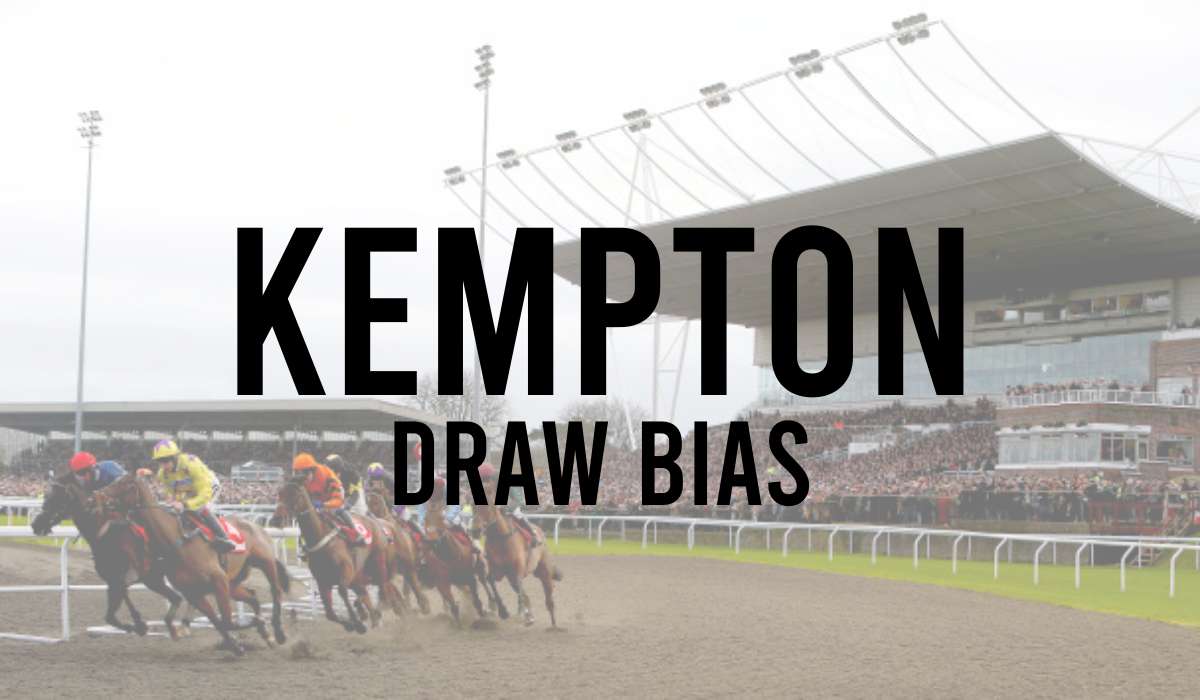
- Lingfield Draw Bias
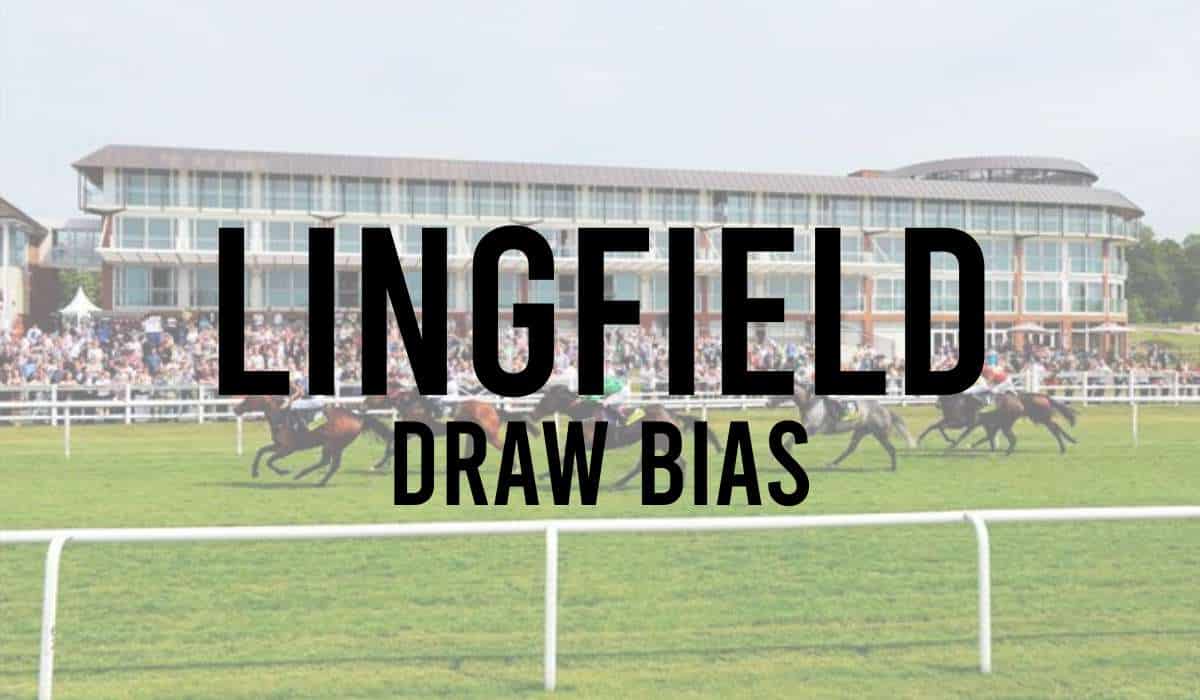
- Musselburgh Draw Bias
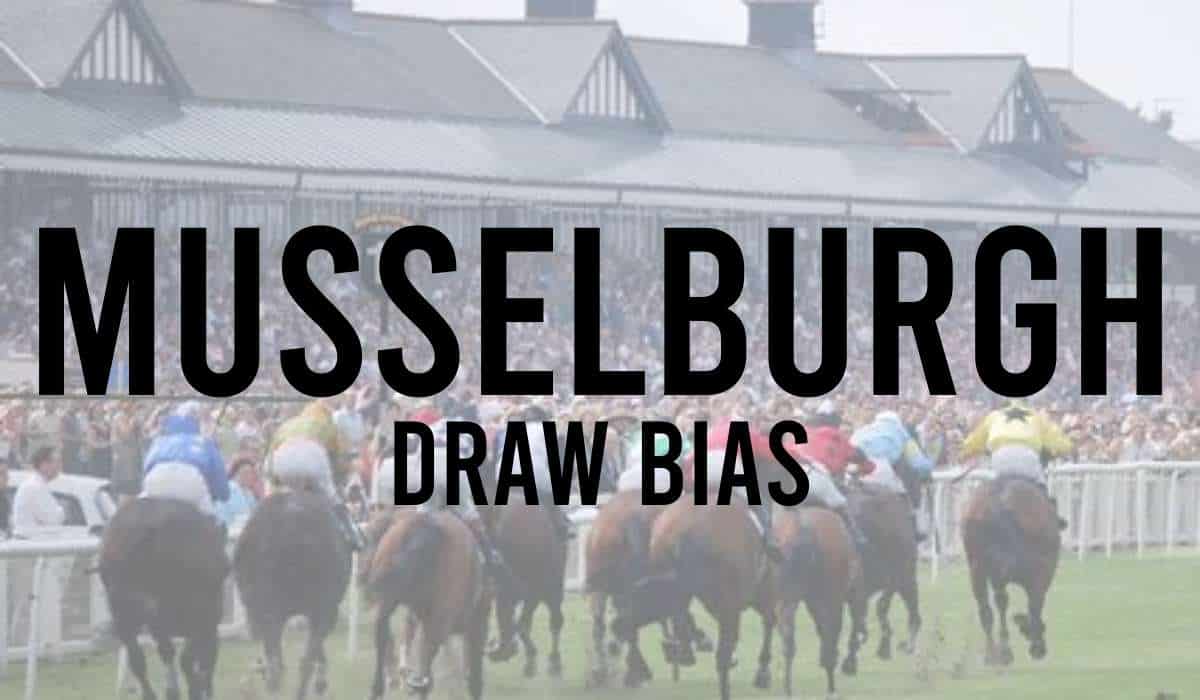
- Newbury Draw Bias
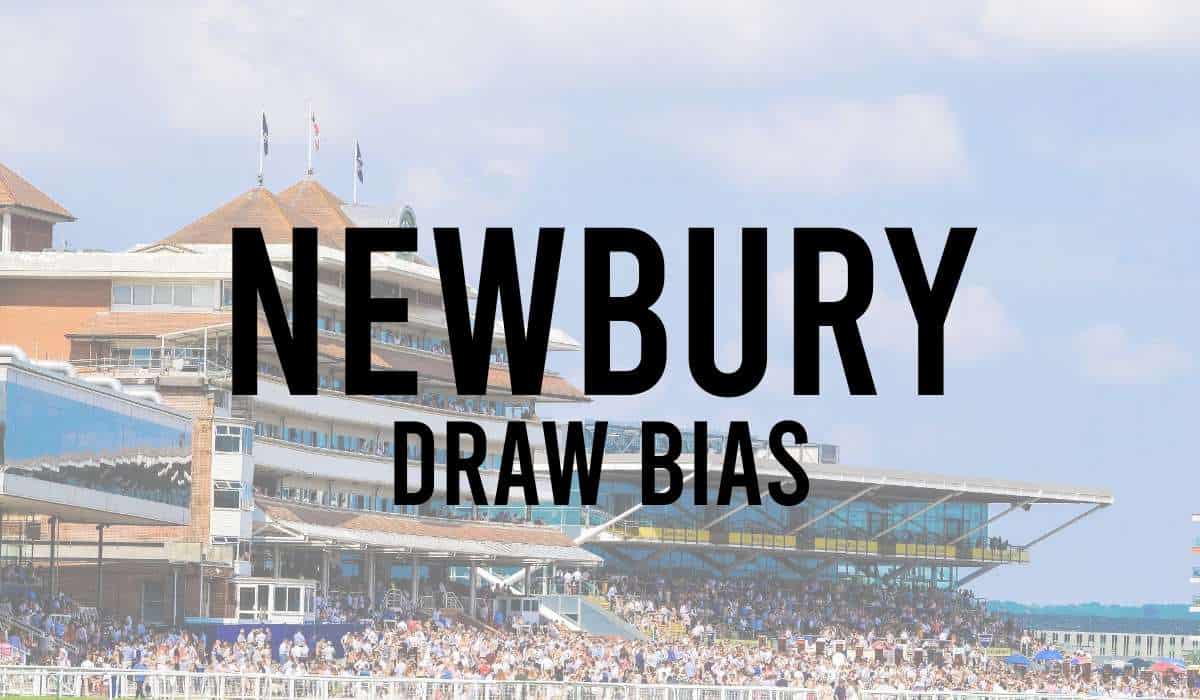
- Newcastle Draw Bias
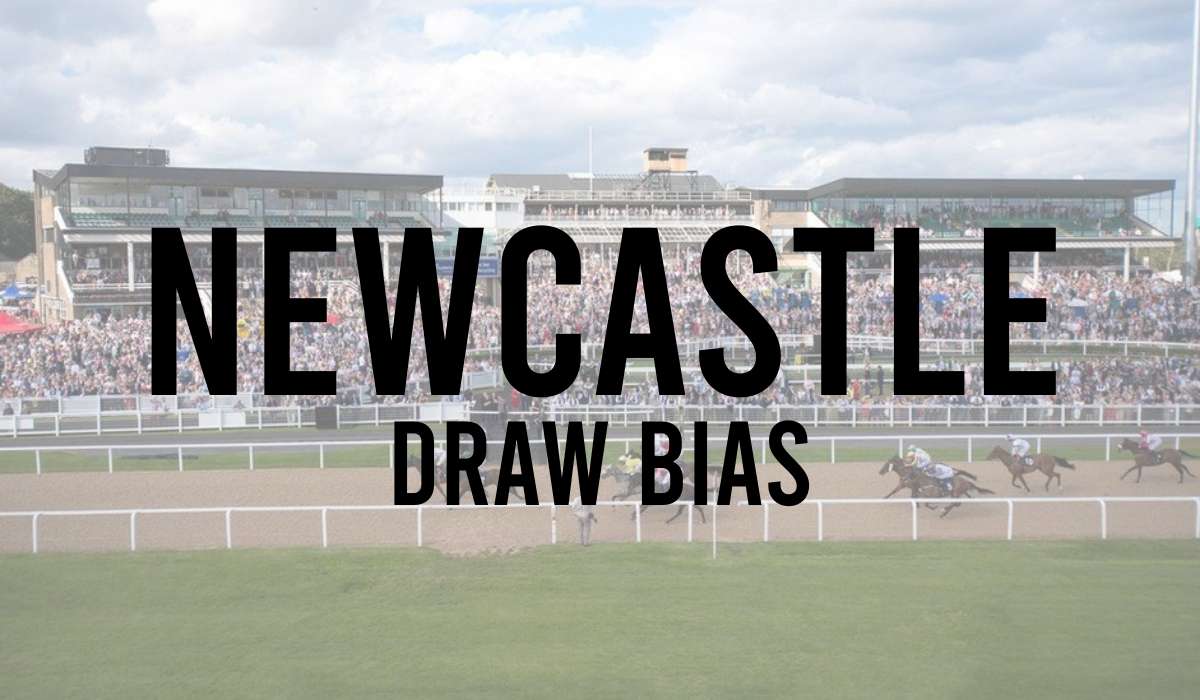
- Newmarket July Course Draw Bias
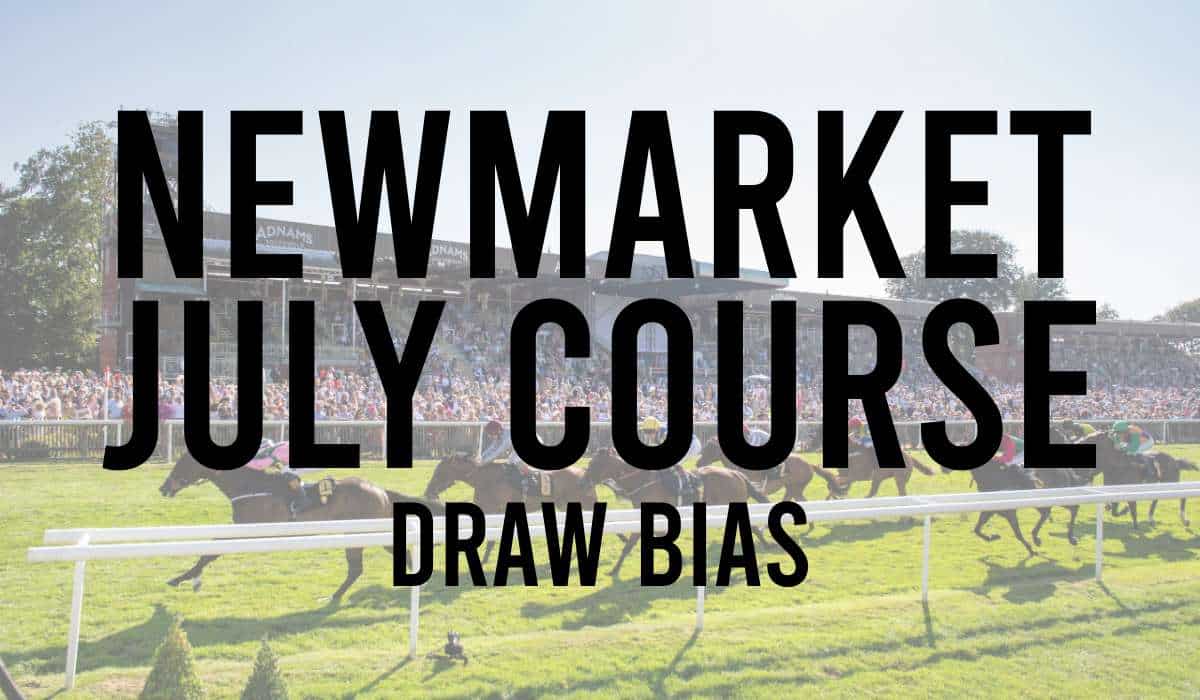
- Newmarket Rowley Mile Draw Bias
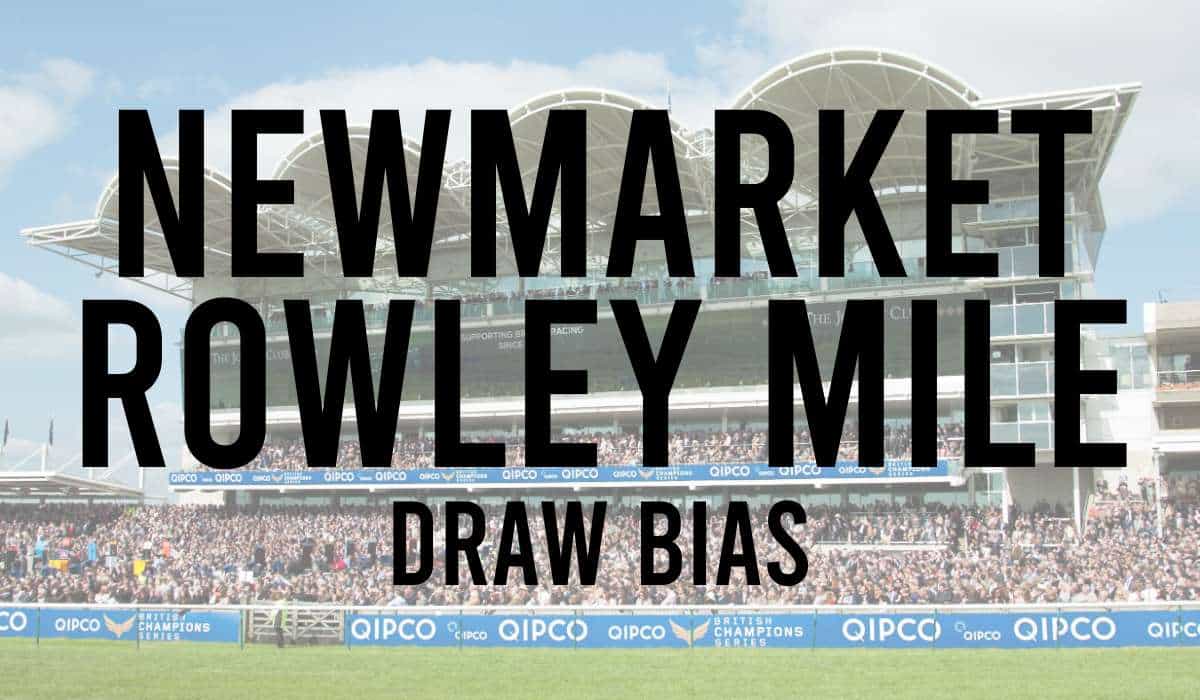
- Nottingham Draw Bias
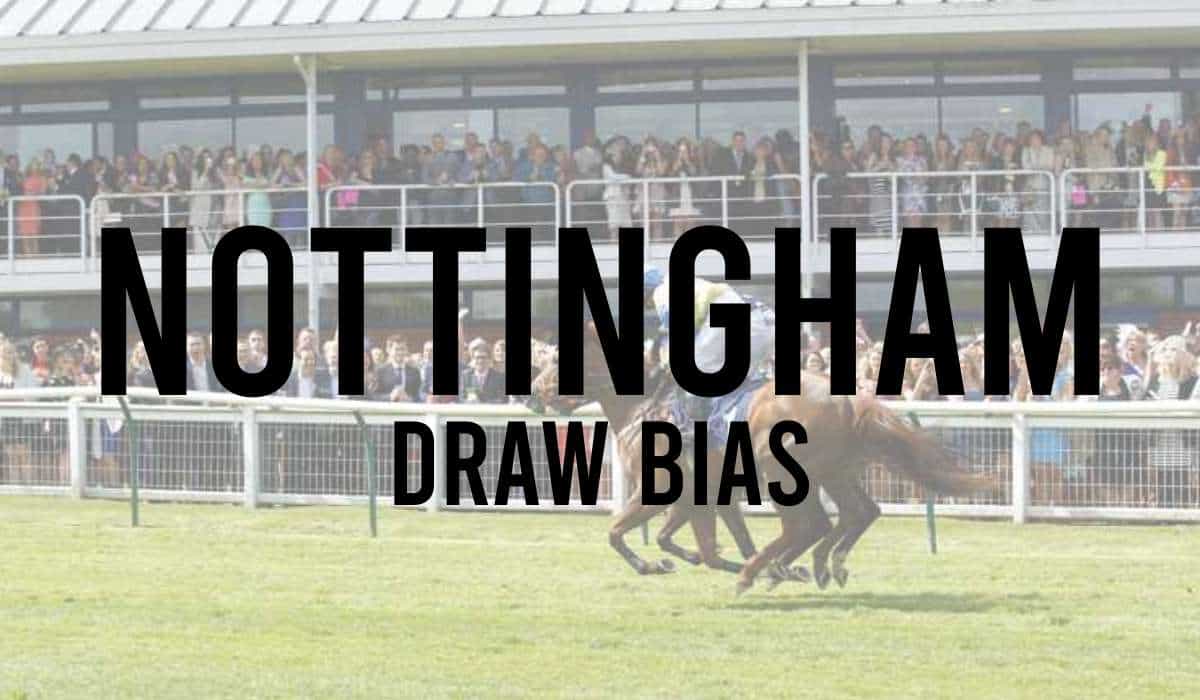
- Pontefract Draw Bias
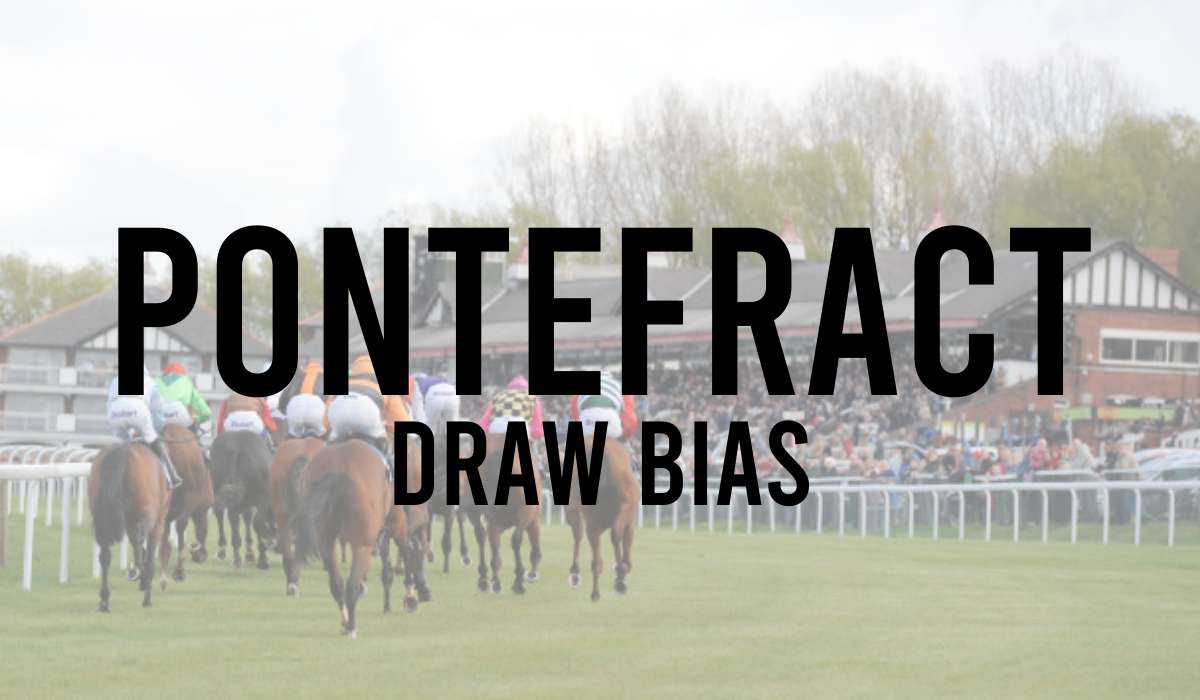
- Redcar Draw Bias
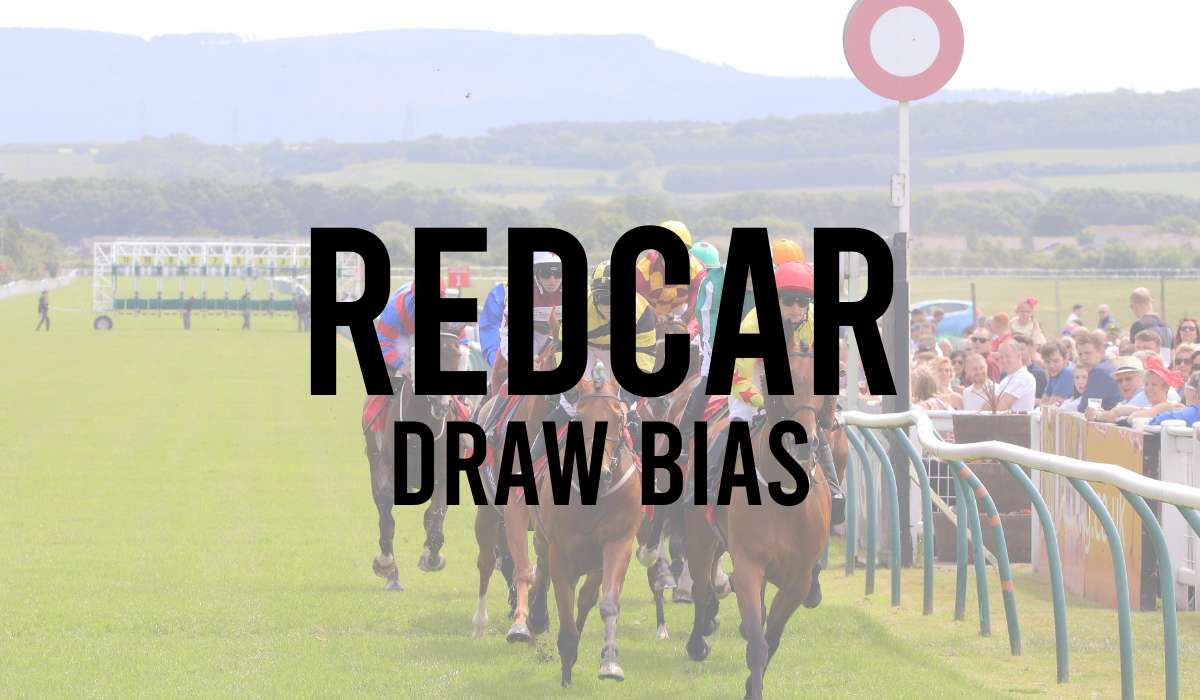
- Ripon Draw Bias

- Salisbury Draw Bias
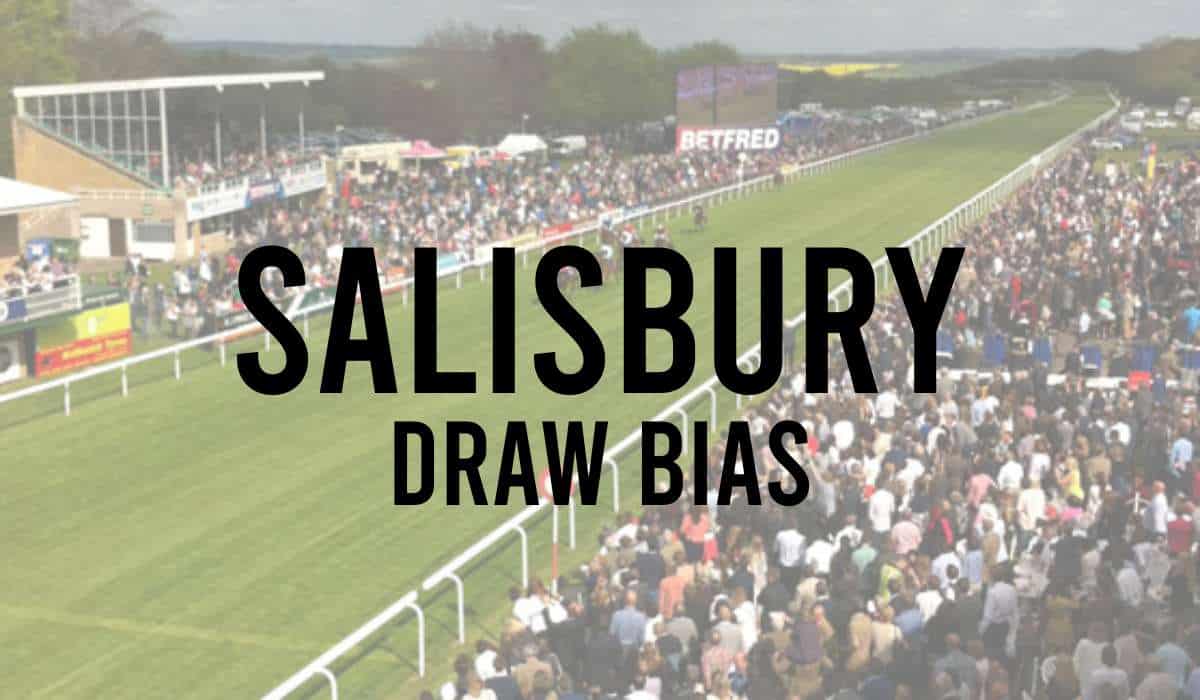
- Sandown Draw Bias
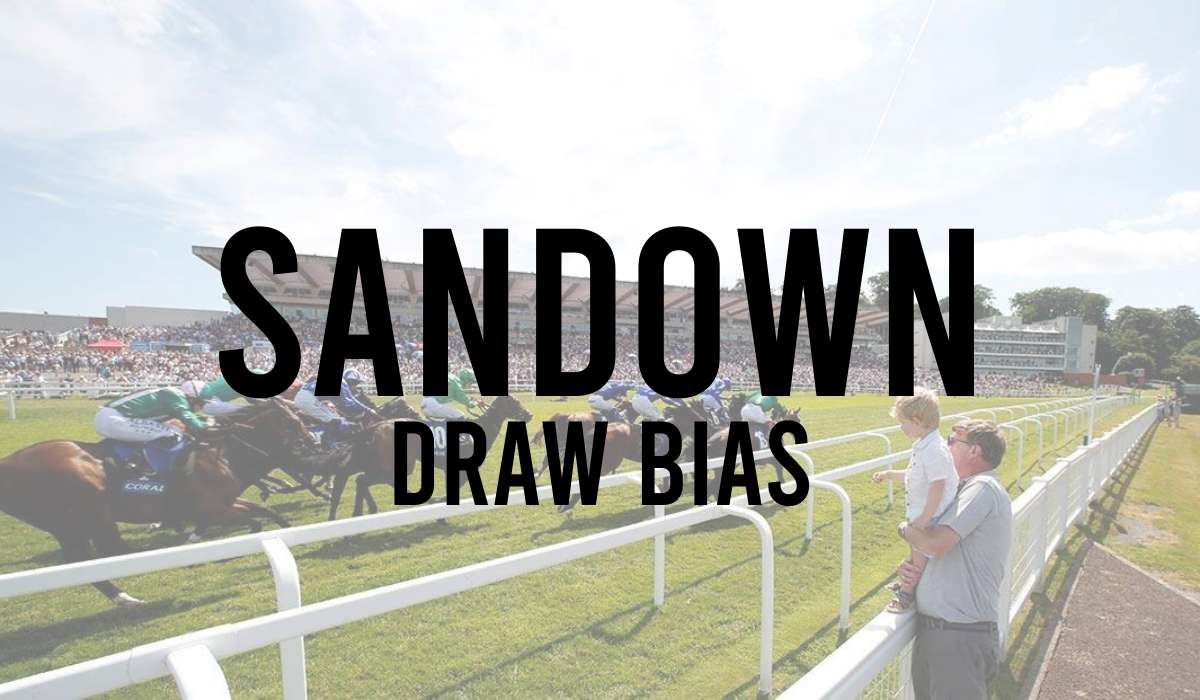
- Sligo Draw Bias
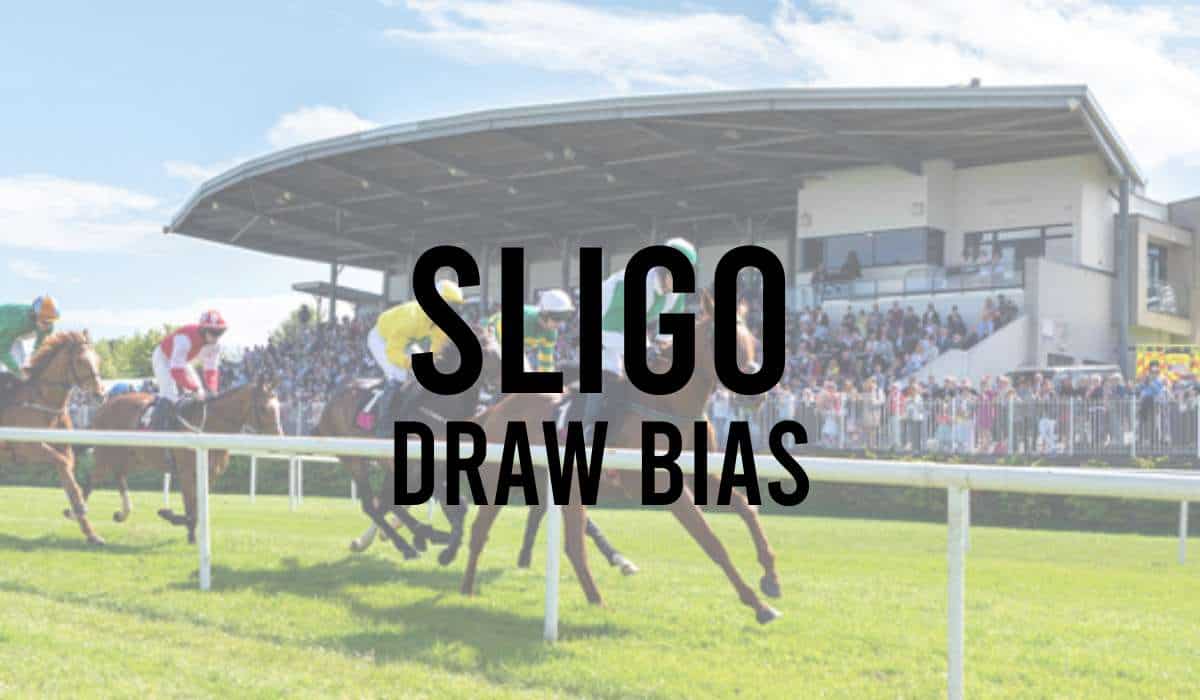
- Thirsk Draw Bias
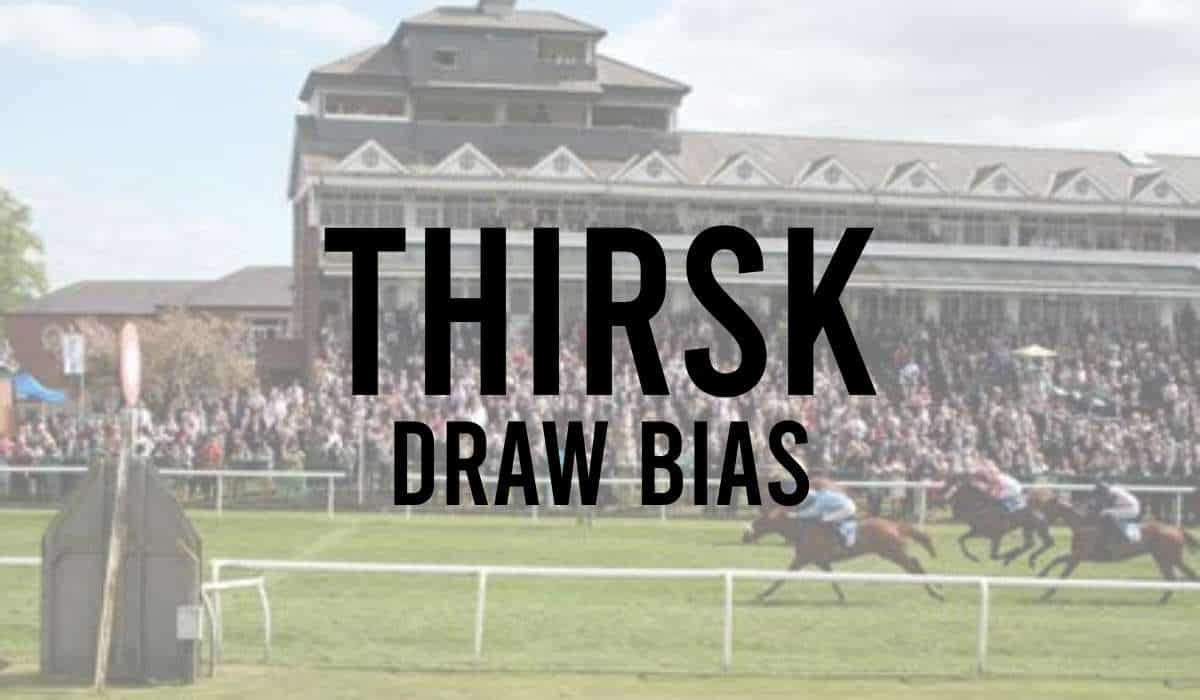
- Windsor Draw Bias
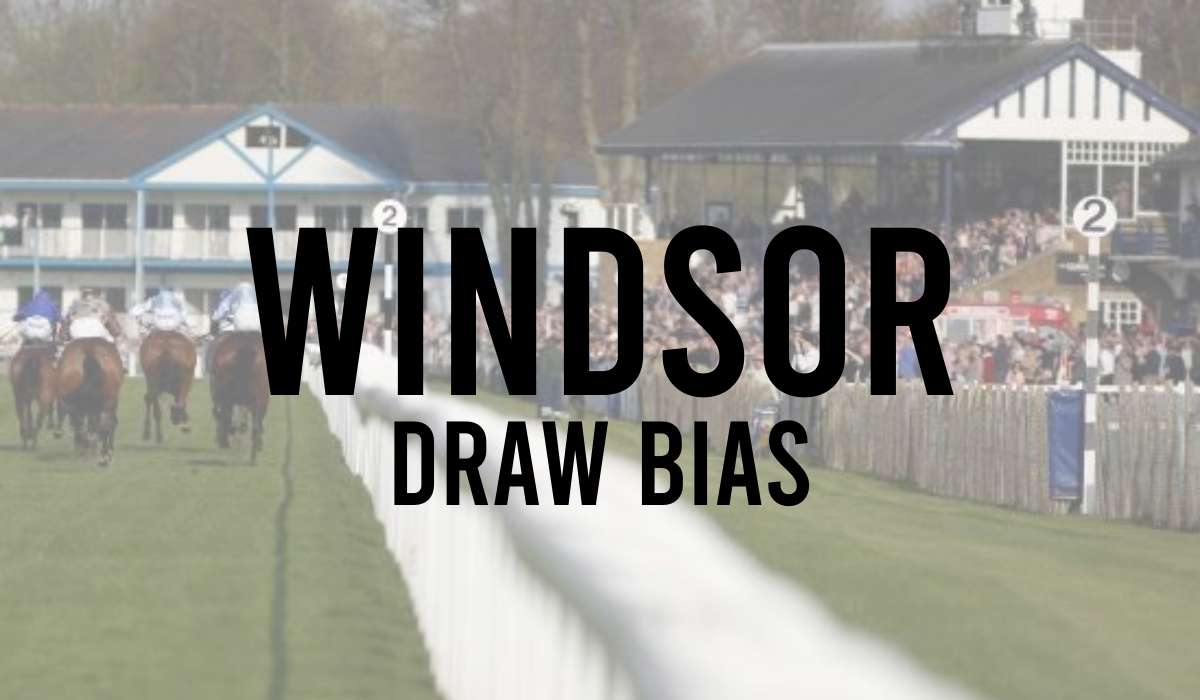
- Wolverhampton Draw Bias
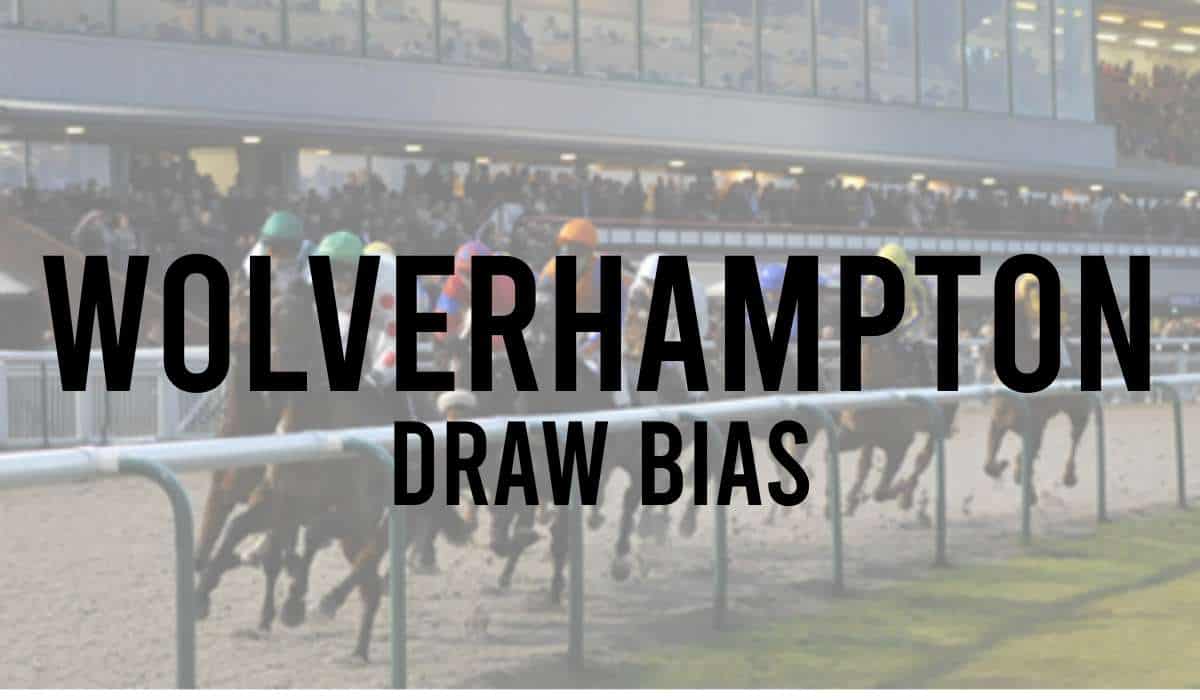
- York Draw Bias
